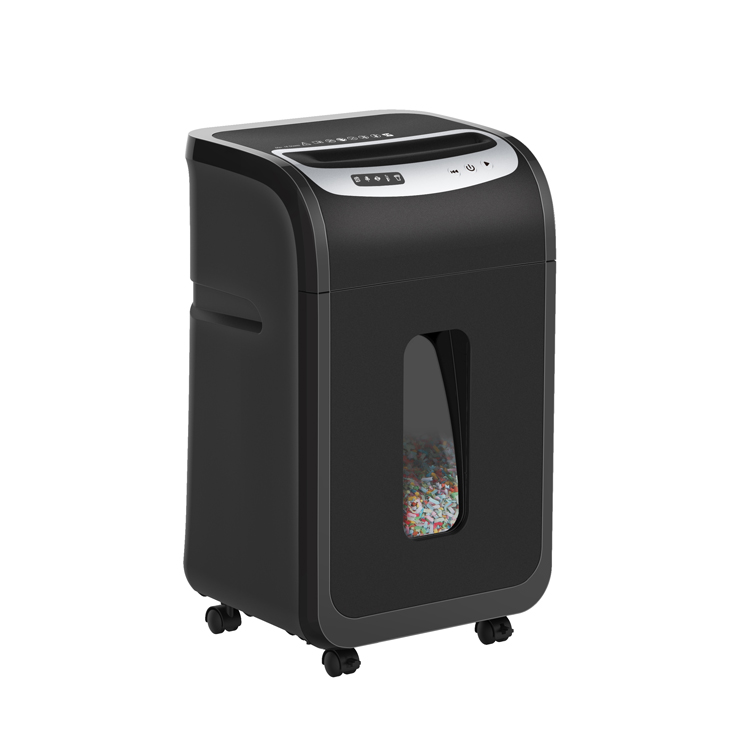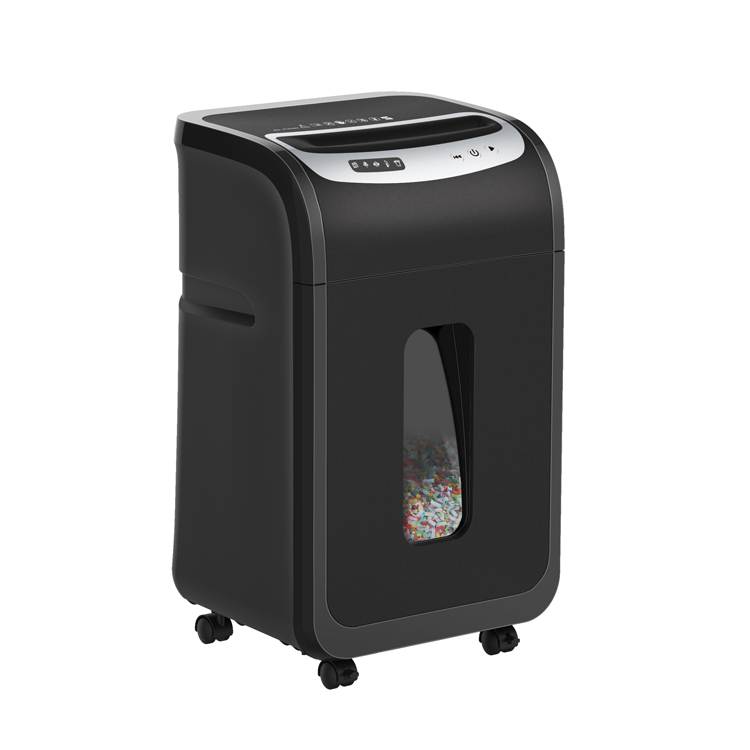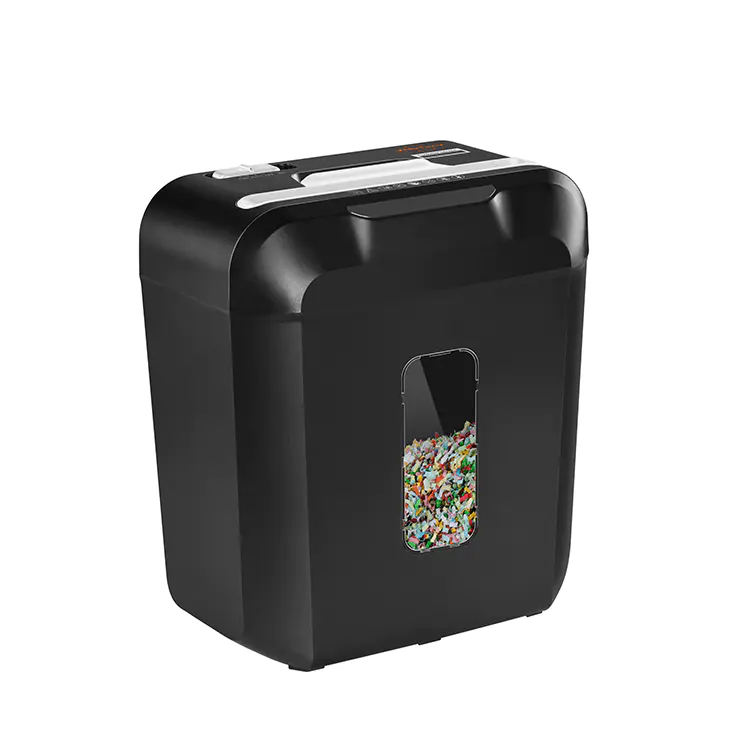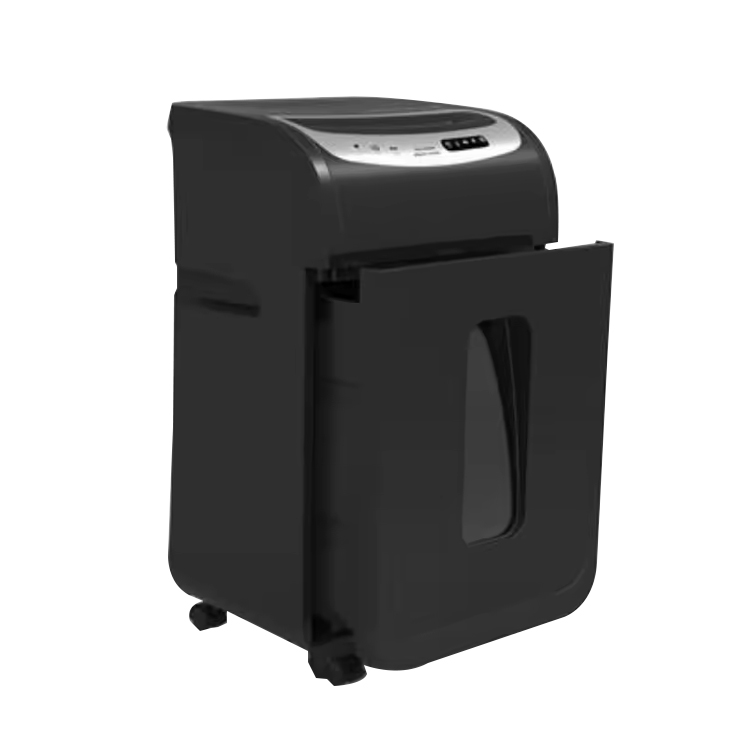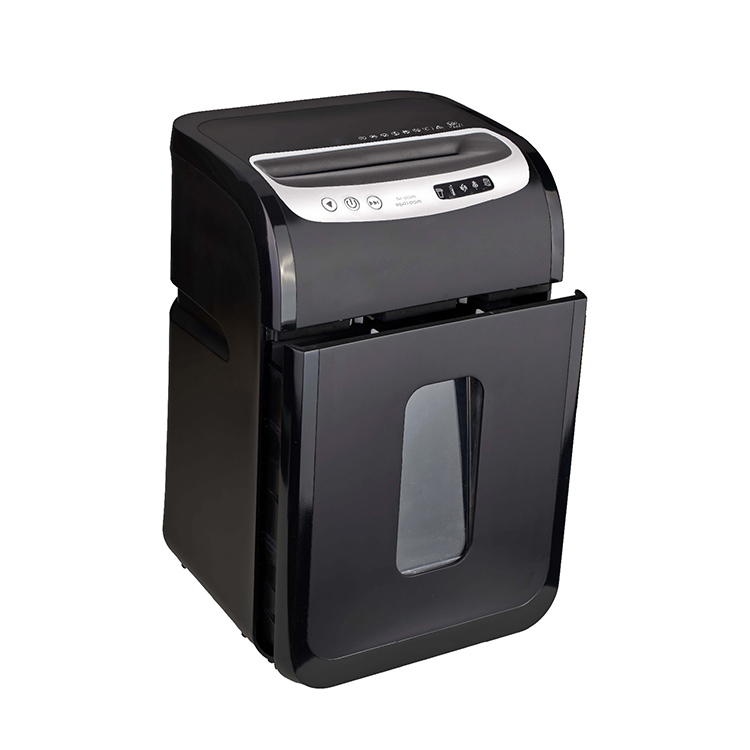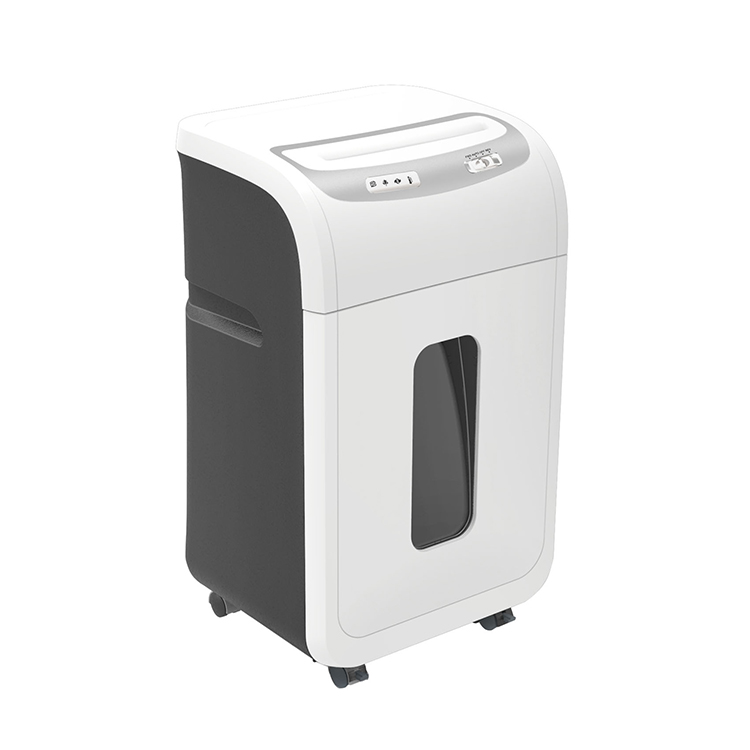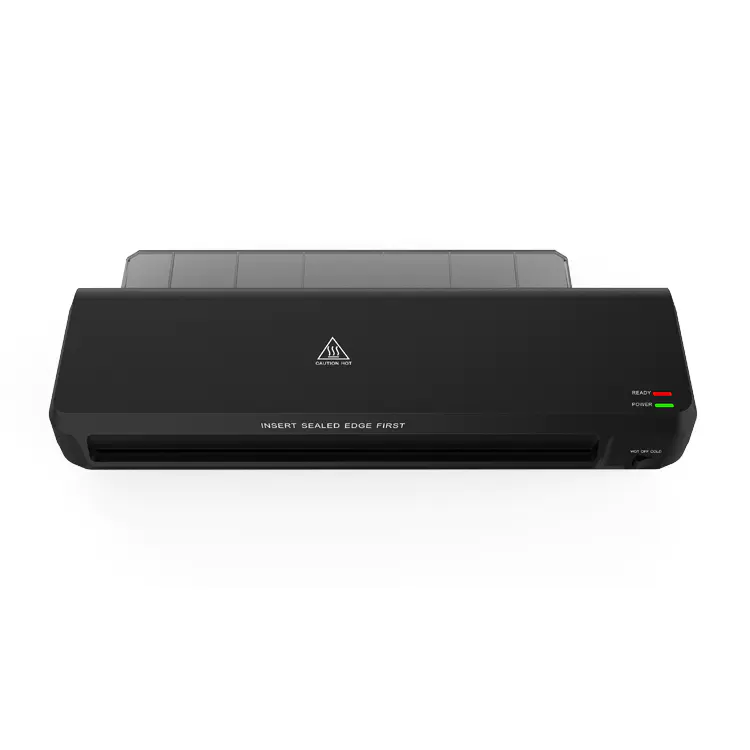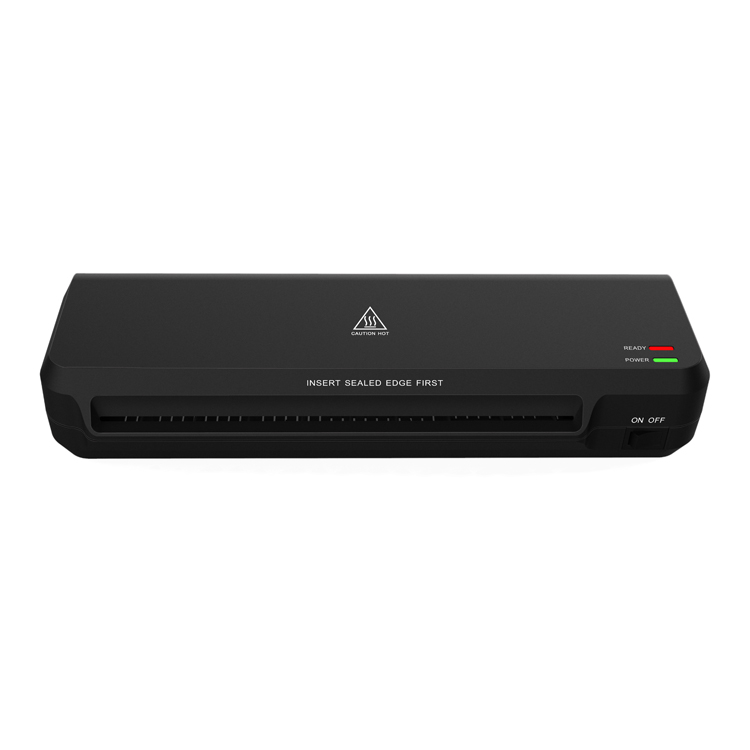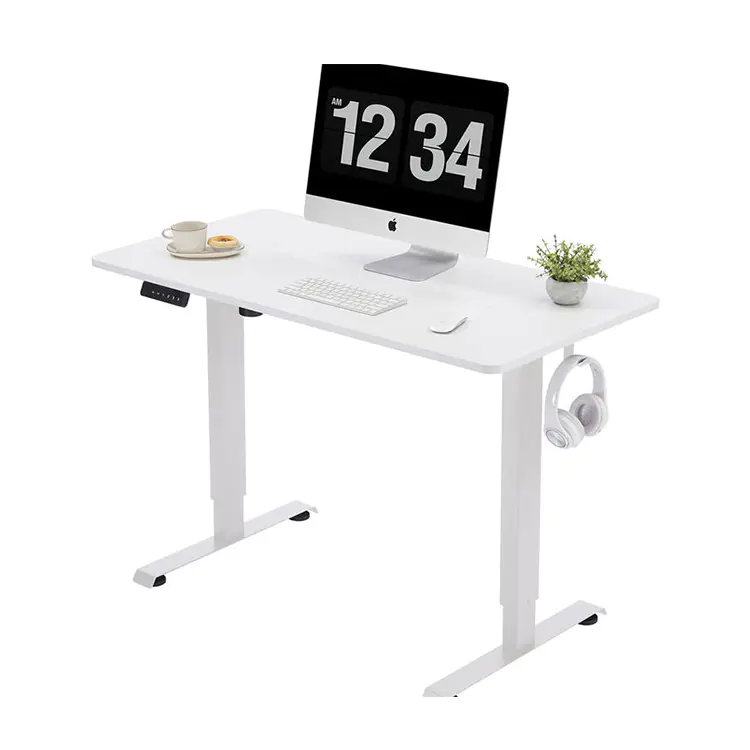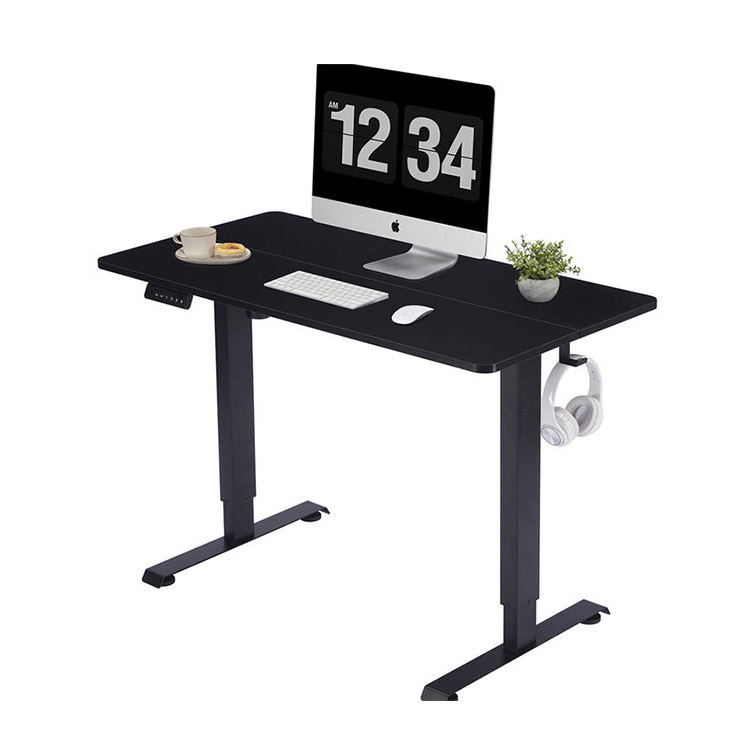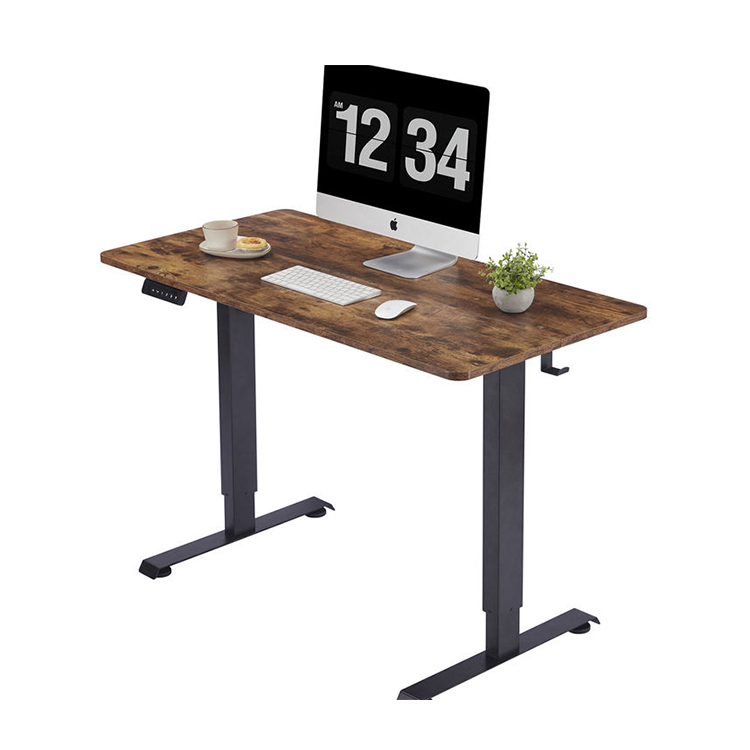Paper Shredders Compared: Cross-Cut vs. Micro-Cut — Which Offers Better Security?
With the increasing awareness of information security and privacy protection, more and more households and businesses are using paper shredders to dispose of sensitive documents. There are a wide variety of paper shredders available on the market, with the two most common types being Cross-Cut Shredders and Micro-Cut Shredders. Both of these shredder types offer better security compared to traditional strip-cut shredders, but they differ significantly in terms of performance, cost, and security level.
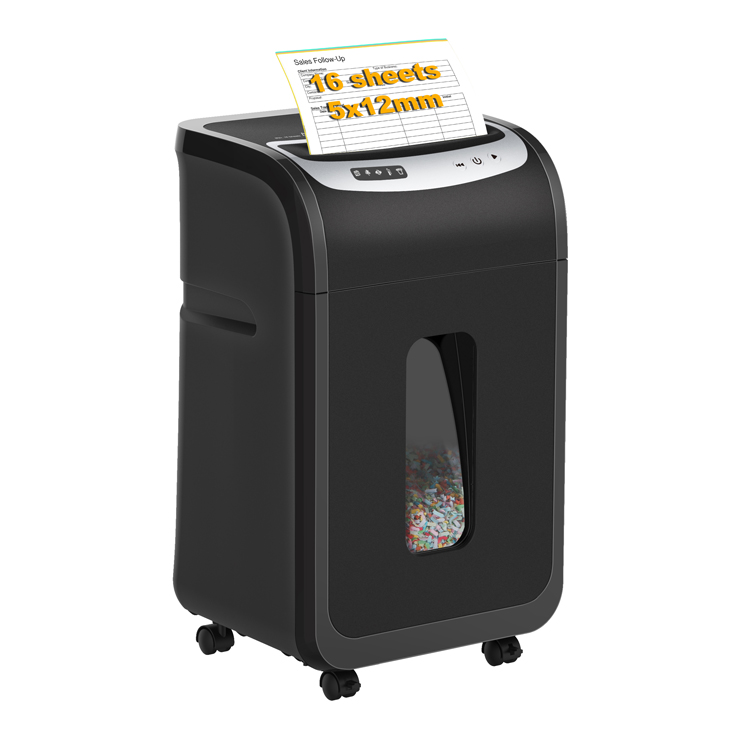
What is a Cross-Cut Shredder?
A Cross-Cut Shredder is a device that cuts paper in two perpendicular directions, horizontally and vertically. This results in paper being cut into small pieces, typically in diamond or rectangular shapes. Compared to traditional strip-cut shredders, cross-cut shredders offer enhanced security because the paper is cut into smaller pieces, making it more difficult to reconstruct.
Features of Cross-Cut Shredders
- Cutting Method: Paper is cut into relatively small pieces, but the pieces are usually larger compared to those from a micro-cut shredder, making them easier to reconstruct in some cases.
- Security Level: Typically, cross-cut shredders provide a security level of P-3 (pieces approximately 0.2" x 1.5").
- Use Cases: Suitable for home users, small offices, and general document disposal needs. They can handle everyday documents and sensitive papers, but are not designed for high-risk security requirements.
Advantages
- Faster Speed: Since the shredded pieces are relatively larger, cross-cut shredders typically work faster, making them ideal for environments where shredding needs to be done frequently.
- Cost-Effective: Cross-cut shredders are more affordable than micro-cut shredders, making them a popular choice for those with a smaller budget.
- Wide Applicability: Ideal for most regular users, providing adequate security for everyday home or small office needs.
Disadvantages
- Lower Security: Although cross-cut shredders offer better security than strip-cut models, the relatively larger pieces still leave room for potential recovery. They are not sufficient for situations where maximum security is necessary, such as with high-level confidential documents.
What is a Micro-Cut Shredder?
A Micro-Cut Shredder is an advanced version of the cross-cut shredder. It cuts paper into even smaller particles, providing superior security. Micro-cut shredders can reduce a single sheet of paper into thousands of tiny pieces, making the document almost impossible to reconstruct. These shredders are generally used for protecting extremely sensitive materials such as financial records, legal documents, or government papers.
Features of Micro-Cut Shredders
- Cutting Method: Paper is shredded into much smaller particles compared to cross-cut shredders, with the pieces being tiny and nearly impossible to reconstruct.
- Security Level: Micro-cut shredders generally have a security level of P-4 or higher (pieces as small as 0.08" x 0.4"). This level of shredding is ideal for highly sensitive documents.
- Use Cases: Best suited for high-security needs, especially for handling financial records, confidential contracts, or classified materials.
Advantages
- High Security: Micro-cut shredders provide exceptional security, turning paper into tiny particles that cannot be reconstructed, making them the best choice for protecting highly sensitive data.
- Prevention of Identity Theft: Due to the extremely small pieces, micro-cut shredders are excellent for preventing identity theft.
- Maximum Protection: Ideal for processing high-security documents, especially in environments where safeguarding confidential data is critical.
Disadvantages
- Slower Speed: Because the shredder cuts paper into such small pieces, micro-cut shredders tend to operate more slowly. This can be an issue if you need to shred large quantities of paper quickly.
- Higher Cost: Micro-cut shredders are generally more expensive, both in terms of the initial purchase price and maintenance costs. For households or small businesses with limited budgets, this might not be the most cost-effective choice.
Security Comparison: Which One is Safer?
When discussing security, both cross-cut and micro-cut shredders offer significant advantages over traditional strip-cut models, but they differ substantially in terms of the level of protection they provide.
-
Cross-Cut Shredder: While it provides enhanced security compared to strip-cut shredders, the pieces from a cross-cut shredder are still relatively large, and advanced technology or manual effort could potentially reconstruct the information. For regular home or office use, this level of security is often sufficient. However, if you’re dealing with high-risk security situations, such as personal identity data or confidential business documents, a cross-cut shredder might not be secure enough.
-
Micro-Cut Shredder: Provides the highest level of security, turning paper into tiny, almost unrecognizable particles. The chances of reconstructing the shredded paper are virtually nonexistent. If you’re dealing with highly sensitive materials, such as legal documents, financial statements, or classified government materials, a micro-cut shredder is the clear choice.
Choosing the Right Shredder
Deciding between a cross-cut shredder and a micro-cut shredder depends on your specific needs. Below is a table summarizing which type of shredder is most suitable for different scenarios:
| Type of Need | Cross-Cut Shredder | Micro-Cut Shredder |
|---|---|---|
| Everyday Home Use | Suitable: For shredding regular bills, letters, etc. | Not necessary, more expensive |
| Small Office Use | Suitable: For regular document disposal | Choose if high security is required |
| High-Security Document Handling | Not recommended: Inadequate security for highly sensitive information | Ideal: Provides the highest level of security |
| Frequent, High-Volume Shredding | Suitable: Faster shredding speed for large volumes | May be too slow for large volumes of paper |

 English
English русский
русский Español
Español Deutsch
Deutsch عربى
عربى
 0
0

